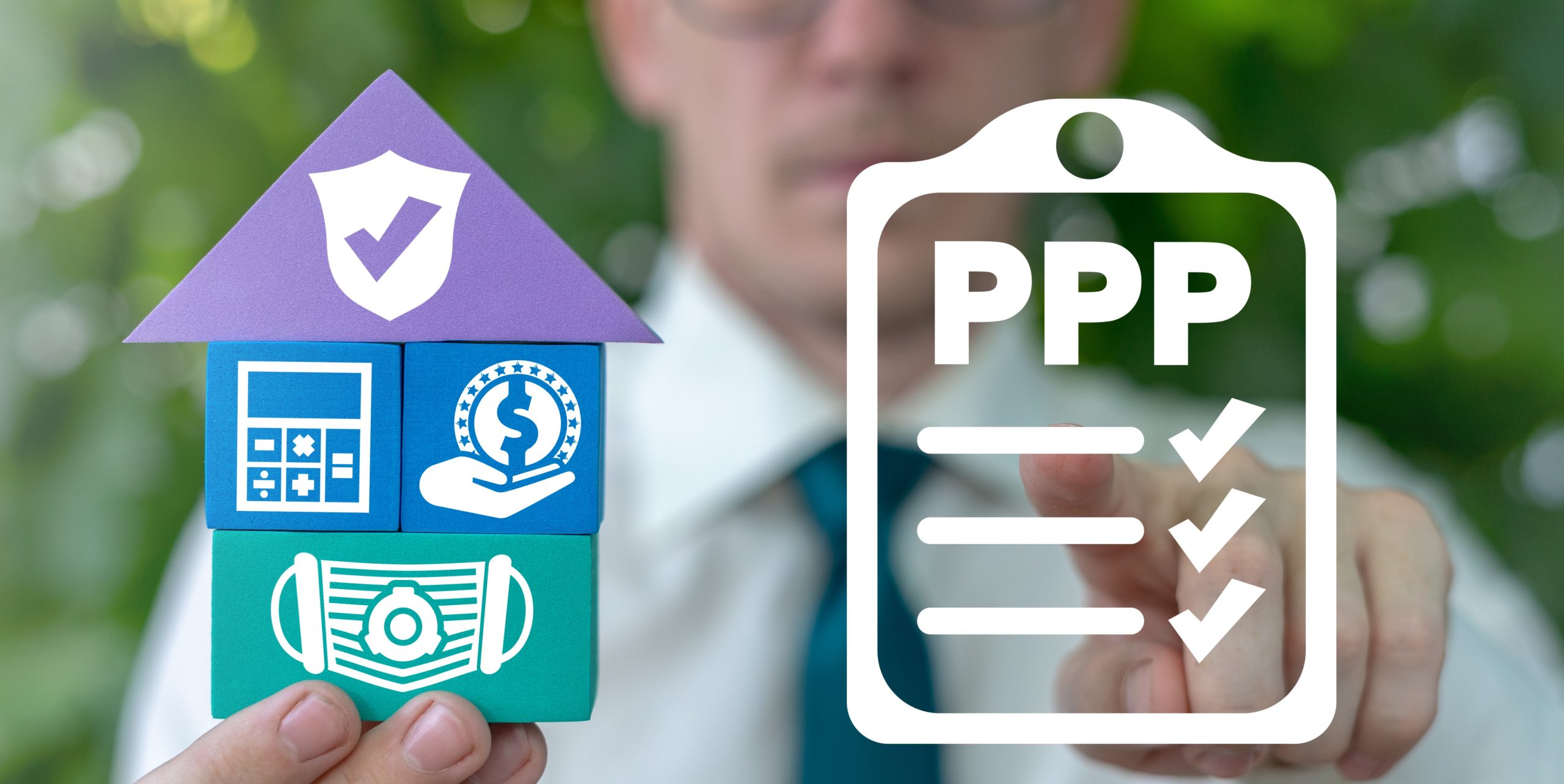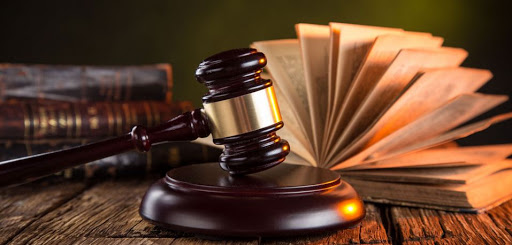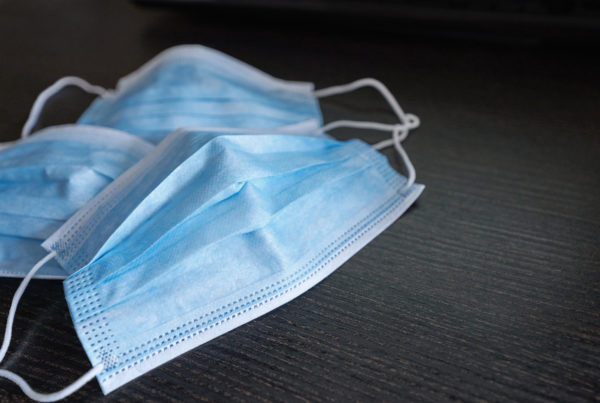The SBA has issued public notice regarding its two new draft Loan Necessity Questionnaires, one for for-profit borrowers and one for non-profit borrowers (collectively the “LNQs”), to be required of certain borrowers with PPP Loans of at least $2 million. Comments to the notice are due November 25, 2020, after which the SBA will finalize its information-gathering requirements.
Presumably the SBA will use the questionnaire responses in its audits of PPP Loans of $2 million or more. The SBA announced in April, 2020, that all such loans would be audited, including to confirm the Loans’ required economic necessity.
Based on available information, it appears that borrowers will receive LNQs from the lenders servicing their loans, and will be required to return the completed LNQ, with all documentation, to the Lender within ten business days of receipt.
Before submitting PPP Loan applications, all PPP borrowers were required to certify that “current economic uncertainty makes this loan request necessary to support the ongoing operations” of their businesses. According to the SBA, the purpose of the LNQs for high-level borrowers is to “facilitate the collection of supplemental information that will be used by SBA loan reviewers to evaluate the good-faith certification that you made on your PPP Borrower Application….that economic uncertainty made the loan request necessary.”
As of this posting, the LNQs have not been posted to the SBA’s website. Multiple sources, however, have posted two documents represented to be the proposed LNQs. Posted Form 3509 (Loan Necessity Questionnaire for For-Profit Borrowers) can be found here, and Form 3510 (Loan Necessity Questionnaire for Non-Profit Borrowers) can be found here.
Until formally posted by the SBA, borrowers should keep in mind that these forms are subject to change. Nevertheless, the draft LNQs give PPP Borrowers a sense of the information the SBA will consider when determining whether Borrowers have met the PPP’s economic necessity requirement.
The draft LNQs require borrowers to answer several questions, including:
- What was Borrower’s gross revenue in the second calendar quarter (Q2) of 2020?
- Between March 13, 2020 and the end of the loan forgiveness covered period of the PPP Loan, did Borrower begin any new capital improvement projects not due to COVID-19?
- As of the last day of the calendar quarter immediately before the date of Borrower’s PPP Loan application, how much did Borrower own in cash and cash equivalents?
- Between March 13, 2020 and the end of the loan forgiveness covered period of the PPP Loan, has Borrower prepaid any outstanding debt (i.e. paid before contractually due)?
A borrower’s receipt of an LNQ does not itself mean that the SBA is challenging or will challenge a borrower’s economic necessity certification. The SBA’s audit determination will be based on the totality of a borrower’s circumstances. To that end, the SBA may request additional information, if necessary, to complete its audit.
Unfortunately, several questions remain unanswered. For example, it is unclear how much weight the SBA will assign to each response provided in a LNQ. Also, it is unclear what types of supporting documentation will be required of a borrower.
Hopefully, the SBA will issue additional guidance regarding the LNQs once it formally publishes them on its website. Until then, borrowers can use the SBA’s existing guidance regarding economic necessity to prepare and document the formal LNQs.
FOS continues to monitor the PPP Loan forgiveness process, including related SBA guidance. If you have any questions regarding the PPP Loan forgiveness process, or any other legal issue, contact your FOS attorney.
Be well.





